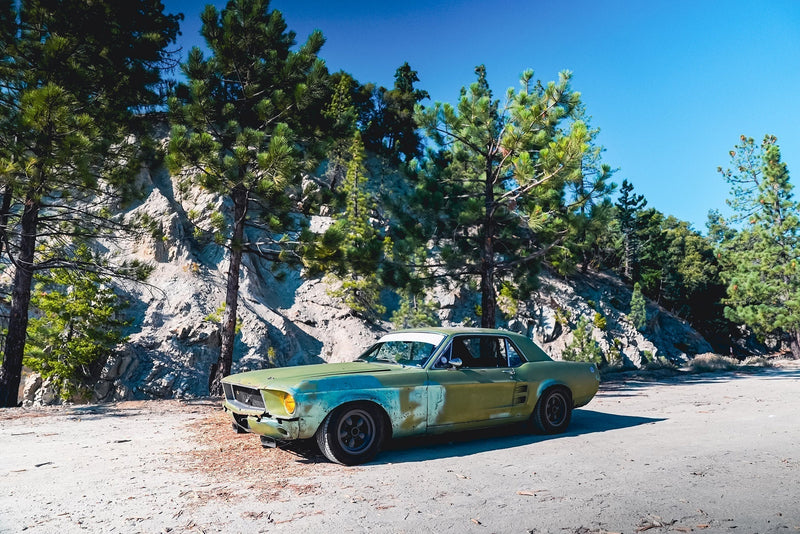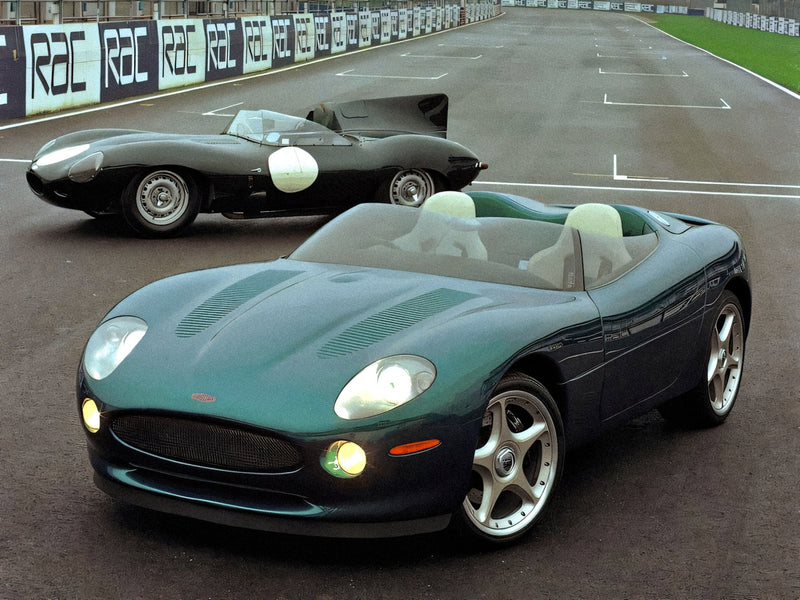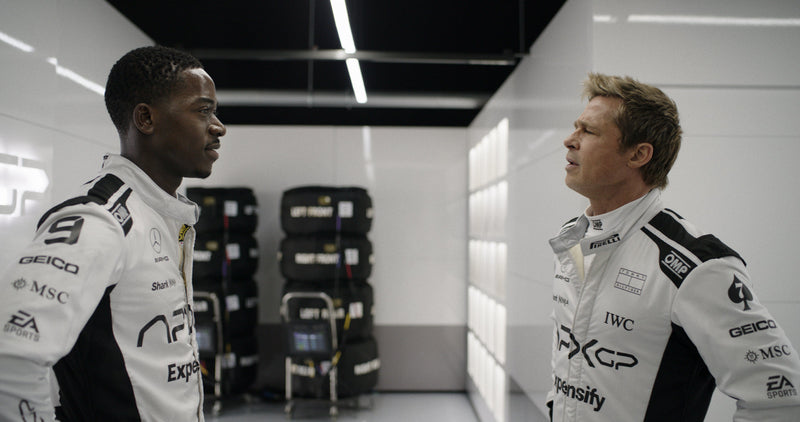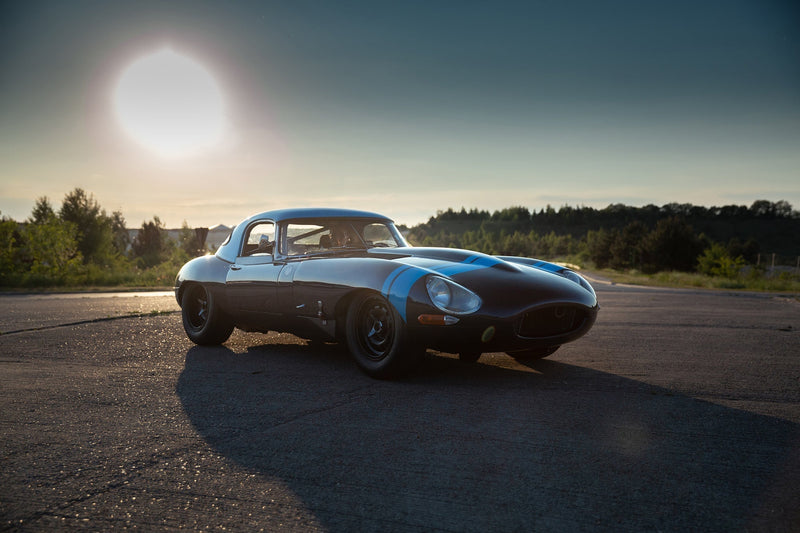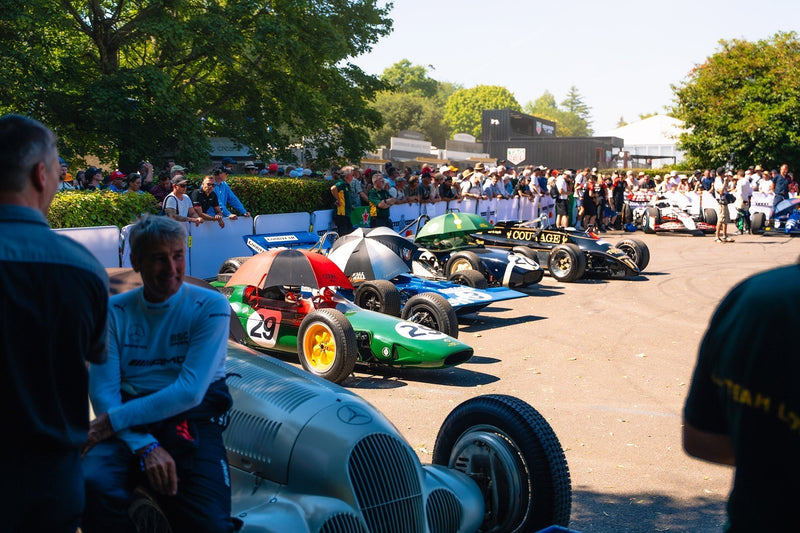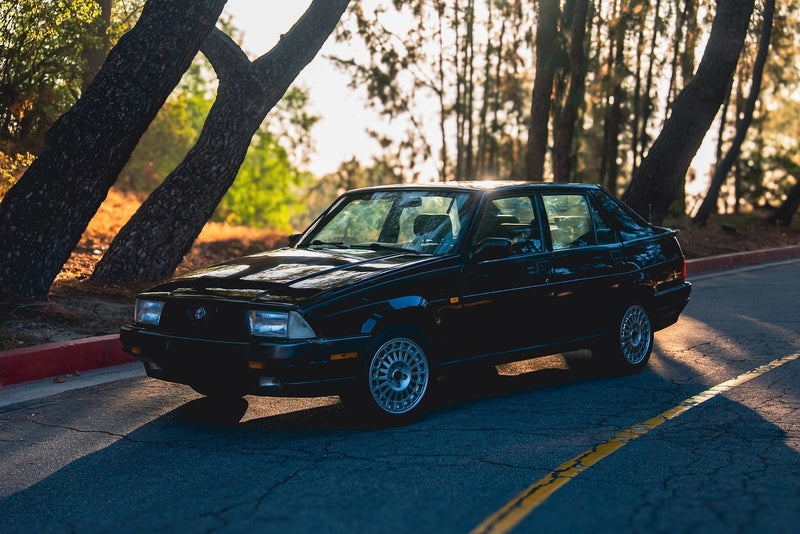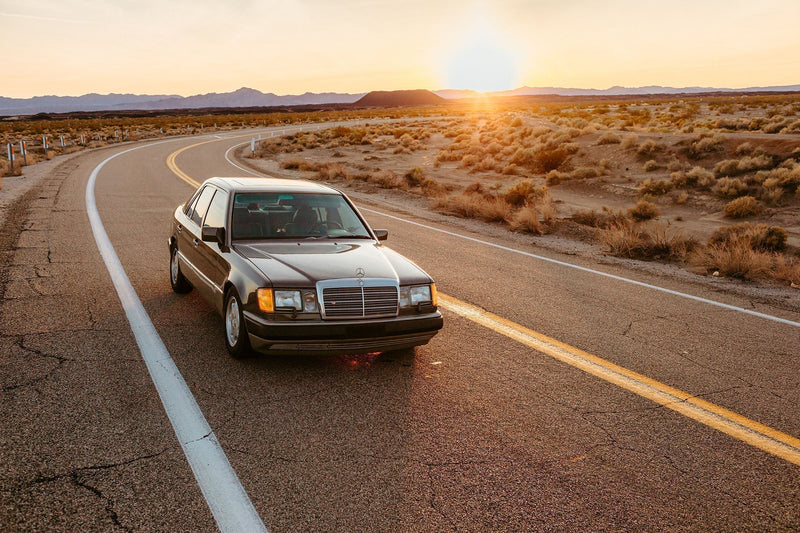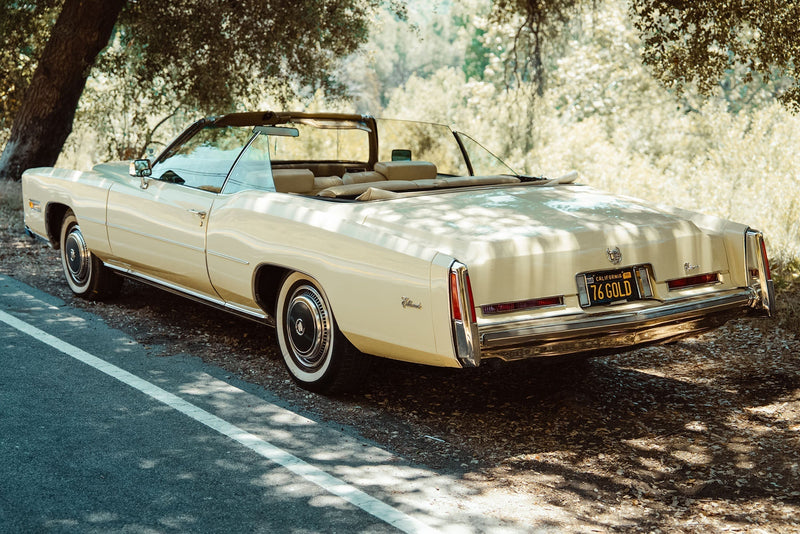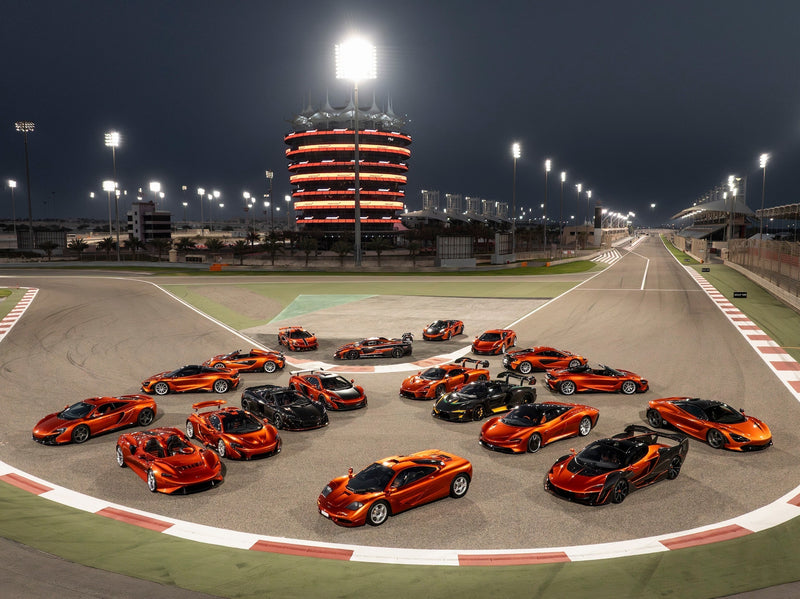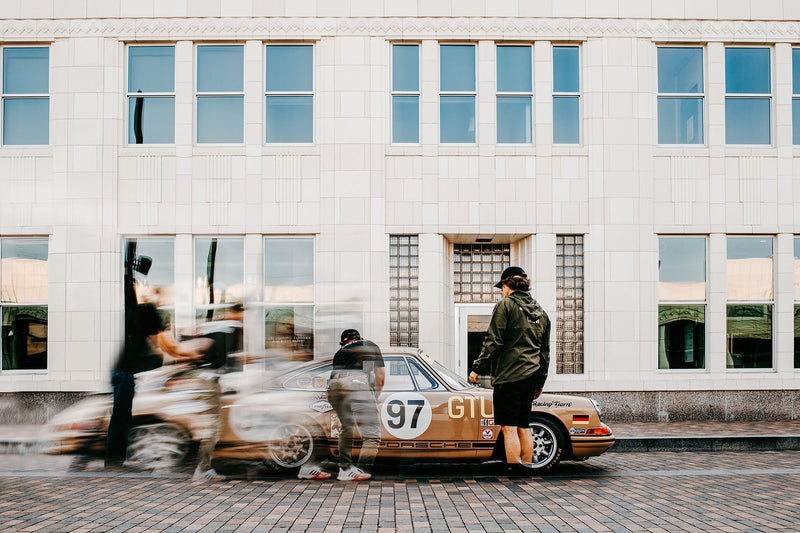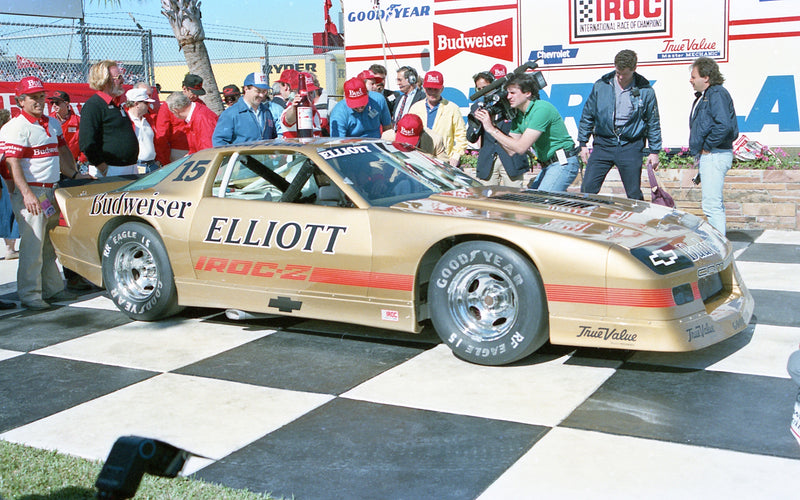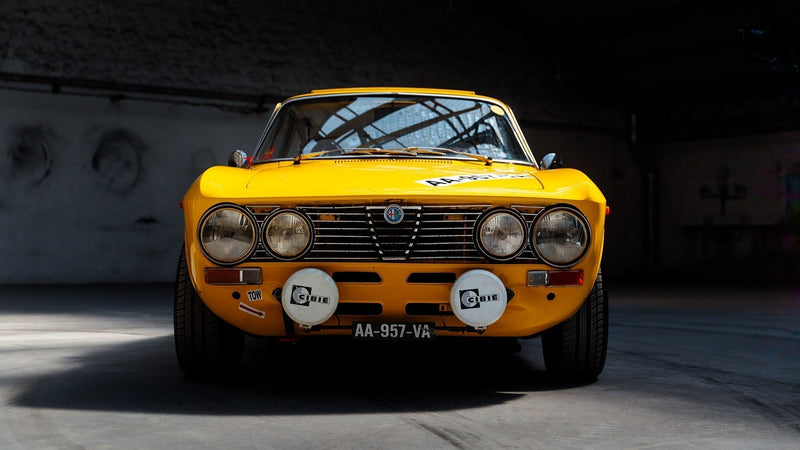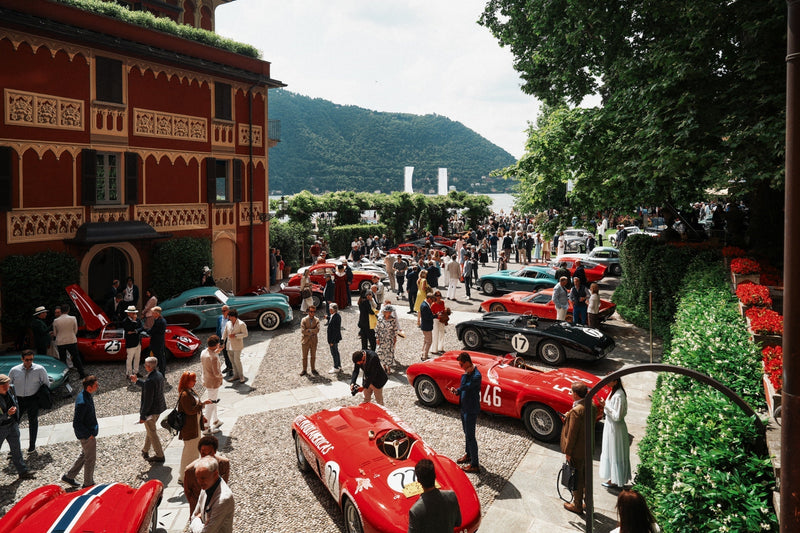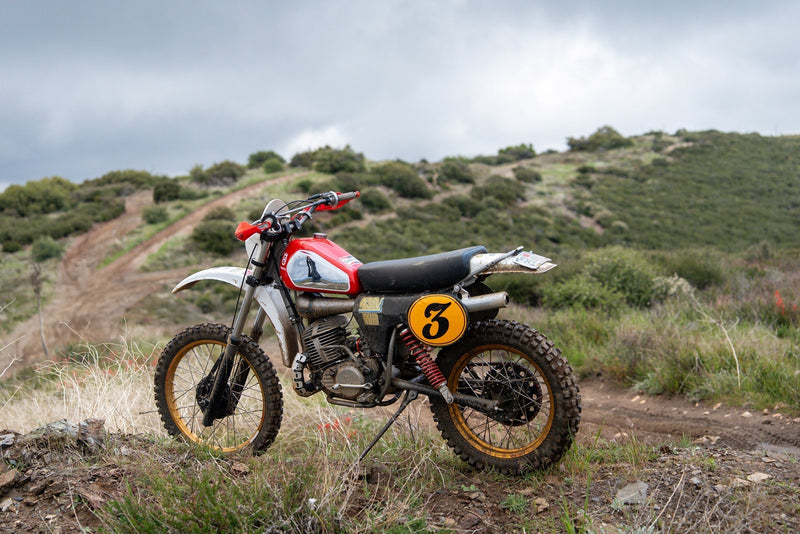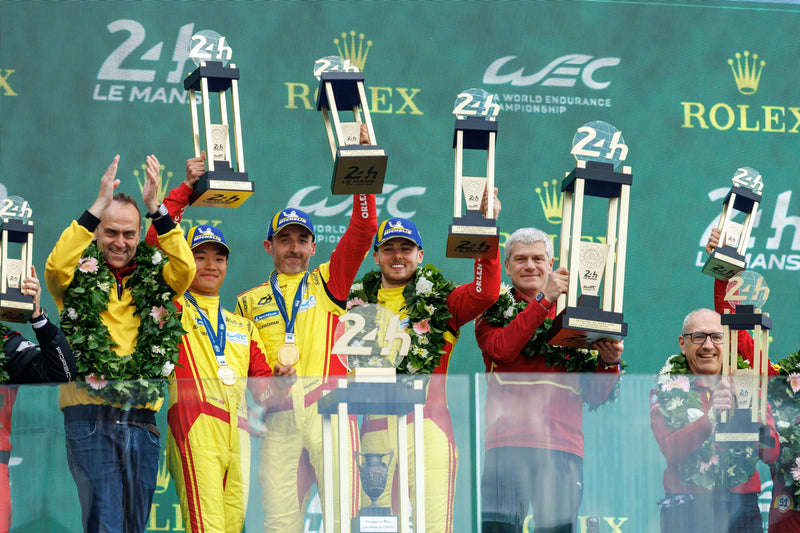Photos courtesy of Porsche and Andrew Schneider
Patrick Long is a man who drives fast. Sitting in the cockpit of cutting edge machines from Stuttgart as a factory Porsche driver has afforded him this privilege, and they’ve helped spirit him to victory at Le Mans, Sebring, Daytona, and many other legendary tracks. But what makes Patrick most interesting is his deep affinity for the classics, most specifically: his love for driving them fast. I sat down with him to find out how and why one drives a valuable classic at speed.
Benjamin Shahrabani: Can one really drive a classic car fast? Wouldn’t it “beat up” on the car?
Patrick Long: Sure, you can drive a classic car fast, but the variable is always what era the car is from, and whether it’s a performance car or a commuter car—a cruiser. Every classic car has to be treated with a bit more respect and mechanical sympathy, but if the car is built for performance, well-prepared, and maintained, then why not?
Benjamin Shahrabani: What is special about driving an old car to you?
Patrick Long: I love driving vintage cars. Porsches, because the emotion and sensation of speed is higher, plus the interaction and amount of driver input are more of a challenge. More old-school and analog. It’s a very captivating experience…for all the reasons I fell in love with driving in the first place. I just feel the senses are more alert when I crank up a ’70s 911.
Modern day cars require lots of input and interaction, but more on a software basis rather than good old-fashioned heel-and-toe, double-clutch, oversteer, and opposite lock. Big steering wheels, small tires, cranky carbs and tricky gearboxes mean I am never bored behind the wheel. Running through a canyon on 6-inch Fuchs with only torsion bars is a riot. Speed isn’t the main factor to have fun, because your mind is convinced you are hauling ass right at the speed limit.
I get pleasure out of keeping the carbs clean, and keeping the RPM in the power band. Combined, it’s one of those challenges that really helps you to find the mental escape in driving vintage cars.





Benjamin Shahrabani: Does one need to upgrade the car in someway? What are some of your thoughts on modifying a vintage car to make it more usable?
Patrick Long: It depends on what type of car and era we’re talking about. In general, the real emphasis in the cars that I own and others’ cars that I get to race in vintage series is strong maintenance and life-ing of parts. When you get vintage cars, you end up with lots of parts that are aged, have sat, are high mileage.
Being very mechanically calculated is first priority in my mind, and second priority is making tasteful, period- correct and wise safety improvements. There’s great opportunity to maintain originality but maximize safety. It’s pretty common to see some people people who prioritize spending money on performance and aesthetic mods, but are running around on old rubber and poorly cared for mechanicals. That’s a mistake, in my mind.
Benjamin Shahrabani: Does driving a classic car make you a better driver?
Patrick Long: I think classic cars make me a better driver! They help me stay sharp, particularly in the element of car control. The knowledge and education of mechanical tuning resonates more with me, in cars where aerodynamics and electronic tuning don’t apply quite as much. In my day job, a big part of my work is feedback in giving engineers what they need to tune, in departments that aren’t as big a factor in vintage cars. There’s a simplicity that allows me to focus on technique, and being smooth rather than just tempting fate with all of the car’s aerodynamic and electronic abilities.
Benjamin Shahrabani: Would you rather be a racecar driver in the past, or the present?
Patrick Long: I get that question pretty often, and my short answer is: beggars can’t be choosers. Being a professional racing driver in any era is a pretty cool deal. Having said that, I look back to the ’70s and early ’80s as a pretty cool era to have been involved in driving.
I think in endurance sportscar racing the art form in the past was how to go fast and preserve the equipment. Today, the technology and refinement has turned endurance racing into a 24-hour sprint race. That’s cool in its own way, too, but change is constant.
Benjamin Shahrabani: What are some of your favorite vintage models to race, or even to just drive for pleasure?
Patrick Long: Right now I’ve gravitated to short wheelbase, 2-liter 911s. With narrow tires and the great 2-liter engine, they’re cars you can really lean on, but you still find a challenge to keep the momentum up and be smooth. On the street, 912s are awesome, as well as a 911 SC. I think SCs are the best value for money around.
Benjamin Shahrabani: Is it possible to drive a “slow” old car fast?
Patrick Long: I think the trick in low horsepower vintage cars is learning how to carry speed and dance the car on the edge without a ton of brakes or horsepower. The art form is really keeping the momentum and RPM up, which is a huge challenge.



Benjamin Shahrabani: We tend to remember vintage cars with nostalgia, even if they really weren’t very good. Is there one classic racecar you really liked? Is there one that you disliked?
Patrick Long: I’ll always remember one of the first vintage cars I drove about 15 years ago: it was a 550 Spyder, a Fletcher Aviation car that had a lot of pedigree, owned by the Porsche Museum.
On the opposite end, I once raced a pony-stock Ford Pinto on the dirt oval in Ventura. That was a vintage experience to remember and forget, all at the same time. Pretty epic.
Benjamin Shahrabani: Do you own a classic or vintage car yourself?
Patrick Long: Yes, a '73 911 E. It’s a narrow body and stock interior, but with a bit more punch under the engine lid.
Benjamin Shahrabani: What is the most beautiful classic car in your opinion, street car or racer? I know you race Porsches so name one Porsche and one non-Porsche.
Patrick Long: Wow, tough to pick just two. A Porsche Gmünd and a Lamborghini Miura would be a pretty sweet lineup in the garage.
So there you have it: driving an old car is one thing, but driving an old car fast can be quite another—and is a challenge for the car as much as its driver. Classic cars should be driven, that's their purpose; you may have to allow a little extra time to get to your destination, but that’s no reason for not taking your classic for a spin. Just drive carefully, and drive tastefully.
How do you like to drive your old car? Share your experiences below!










































